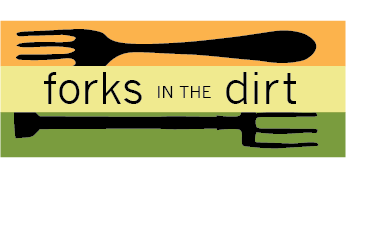Minnesota Food Association + Big River Farms
Just driving to this unique teaching farm makes my mouth water. Admittedly, that doesn’t take much, but the foods grown here are second to none and the farmers have a lot of fun along the way. Food integrity is deeply rooted in every choice made at the Minnesota Food Association and Big River Farms; plus they give one mean tractor ride! Come along and fall in love with this vital and idyllic farm on the outskirts of Marine on the St. Croix.
Come along and fall in love with this vital and idyllic farm on the outskirts of Marine on the St. Croix.
They grow organic food in a way that honors the land and engages marginalized people. This is truly a one of a kind place. Being a land-based training program focusing on immigrant and minority populations you could meet farmers from many distinct cultures just walking through their fields. The diversity within the program is seen as another strength which drives their mission:
To build a more sustainable food system based on social, economic and environmental justice through education, training and partnerships.

Women run Big River Farms. From L to R, Danielle Piraino, Laura May Hedeen, Emily Squyres, Lebo Moore, Molly Schaus.
The education piece of their mission is achieved through their Farmer Training Programs . The training is a 3-4 year program starting with the basics in organic production and post-harvest handling moving up to whole farm management where farmers hone their marketing and business development. Classes are held in the evenings and on weekends to accommodate working adults. “There are currently 17 farm teams in the program, 11 of which are land-based at Big River Farms – the others have other land or are taking classes only, without using the land. There are 7 cultures represented in this group,” according to Laura Hedin, MFA program manager.
Interested in taking the next step in growing your inner farmer? Contact Laura at laura@mnfoodassociation.org.
With a deep and solid list of teaching staff like Molly Schaus, Farm Director and May Lee, former student (see my blog post about her farm HERE) the 90 acres of certified organic land is well planted, well rested in between use and always well loved.

Farm Plot Allocation Map. Planning time up front ensures land health in the long run.
The training program has led to several success stories over the years. Farmers like Rodrigo and Juan Carlos of Cala Farms who have found a great market in wholesaling. Or Moses and Rhona of Dawn to Dusk Farm who focus on Farmer’s Market sales. These and other MFA graduate farmers’ stories can be found on their Meet the Farmers page.

CSA Box of Vegetable Heaven.
Eat Out Of The Box
With all the care and devotion new farmers give to their crops you know the veggies placed into a CSA (Community Supported Agriculture) produce box are going to be top notch! Add in certified organic food and competitive rates with other CSA farms and buying a CSA from Big River Farms is a natural choice. Their CSA program also supports many different farmers simultaneously. They can supply up to 200 shares for the season’s 16 weeks. That will help you eat your veggies and support immigrant farmer education at the same time. They have 12 drop locations around the Twin Cities. You are in luck, because there are still CSA shares available through May 31. Get your Big River CSA here. Continue reading
Like this:
Like Loading...














































